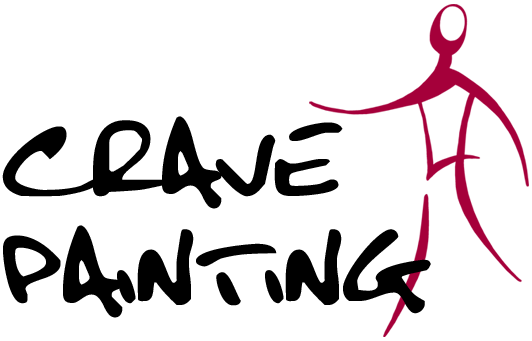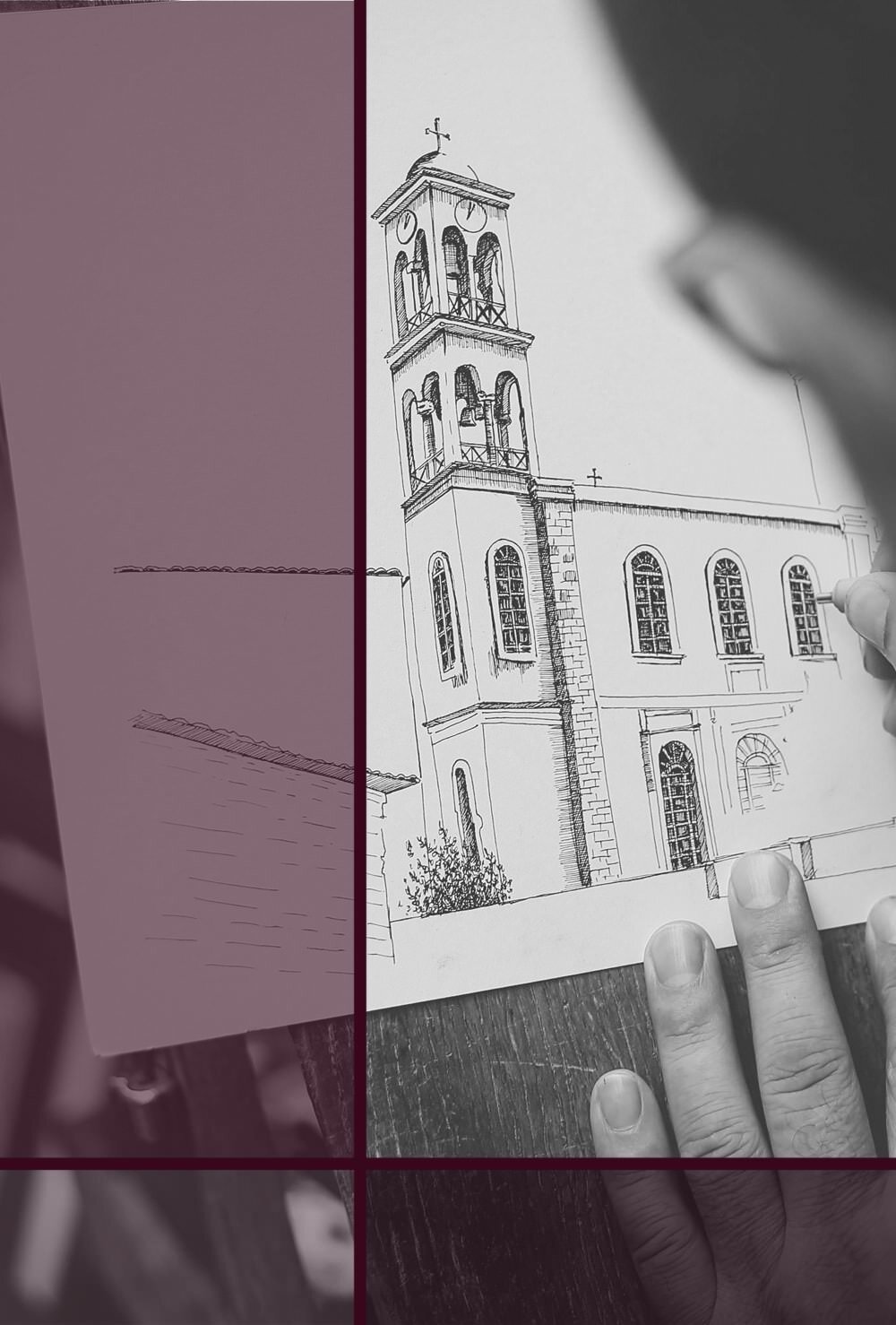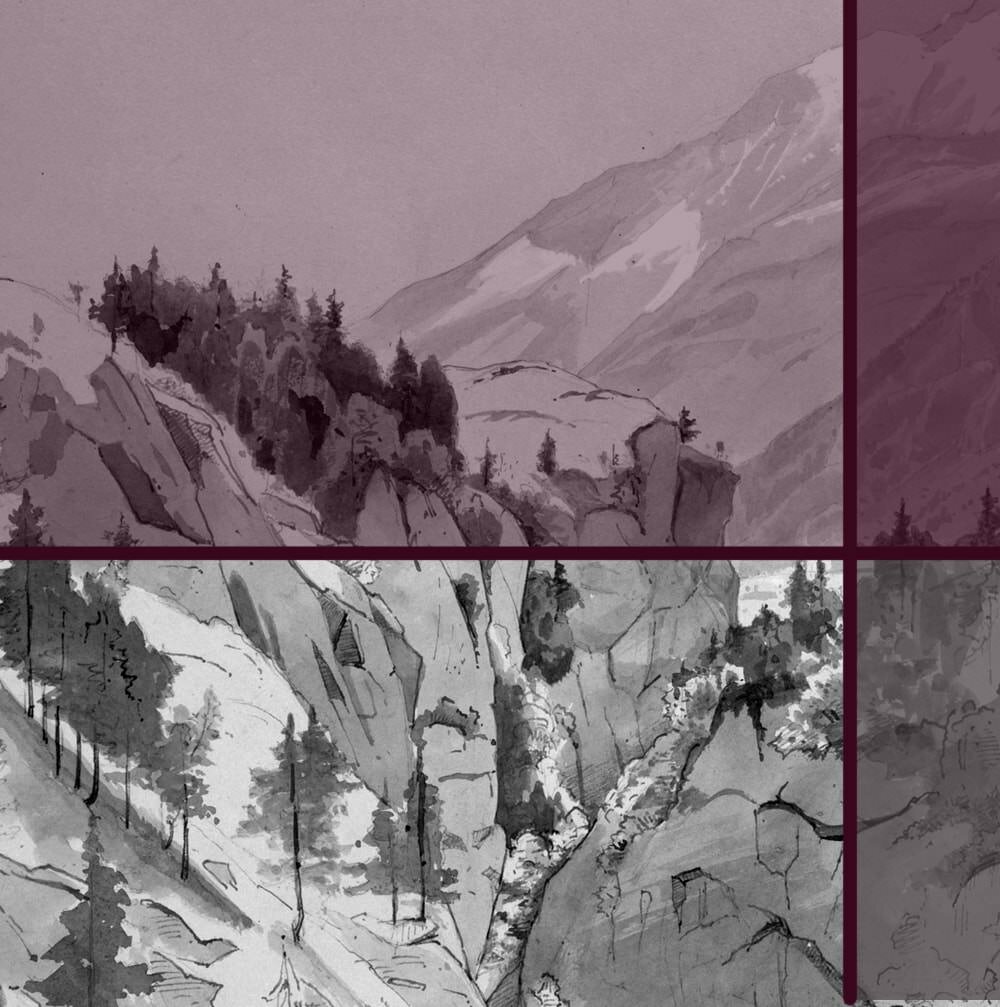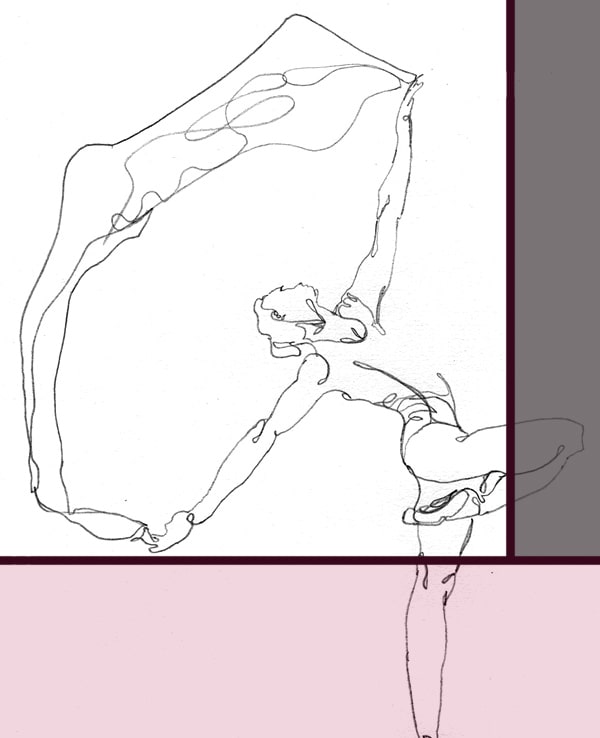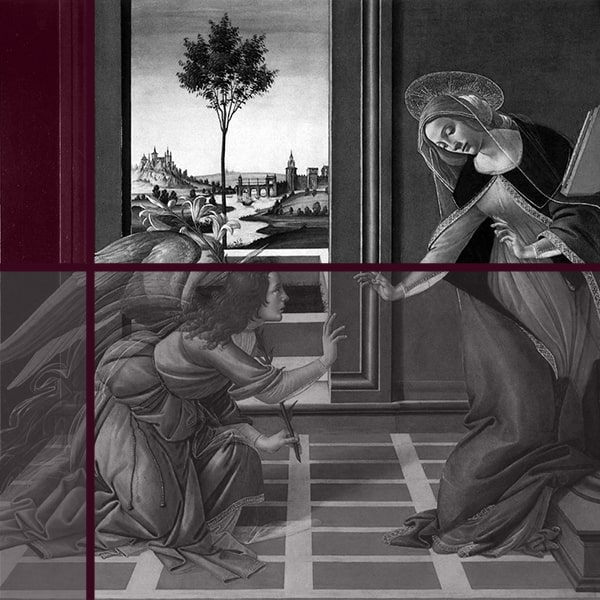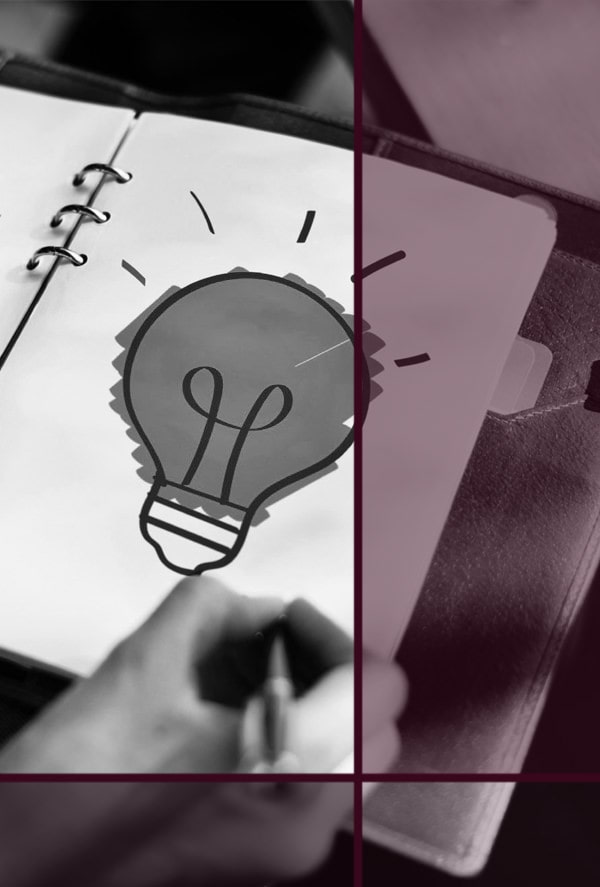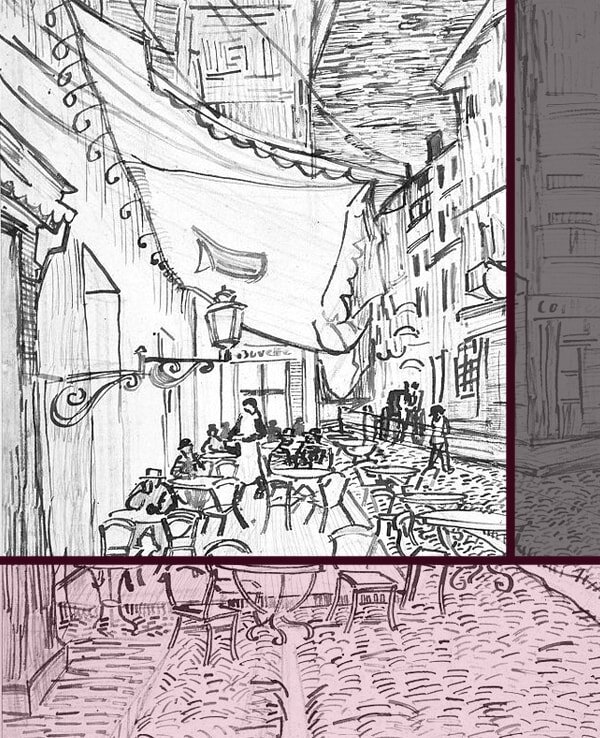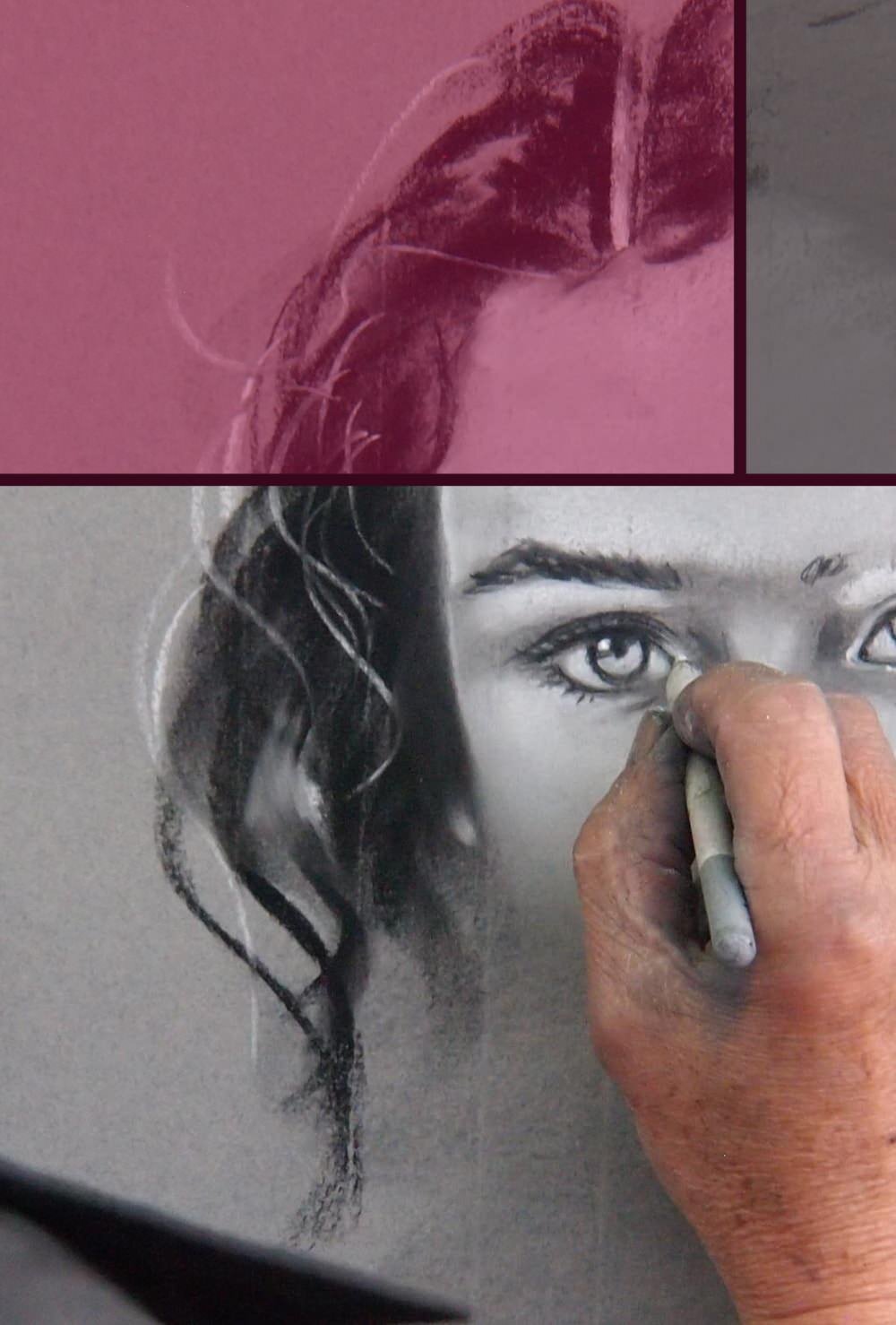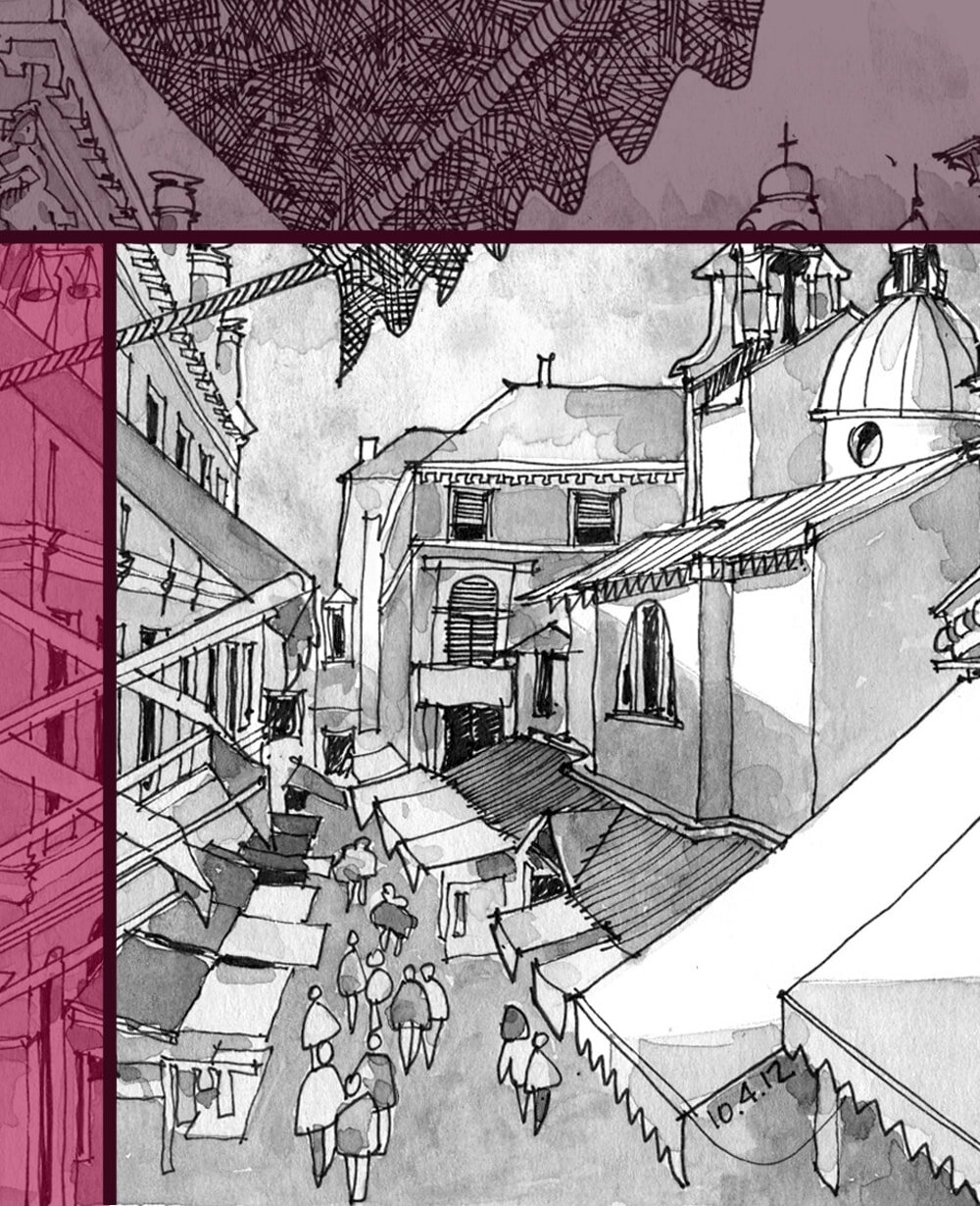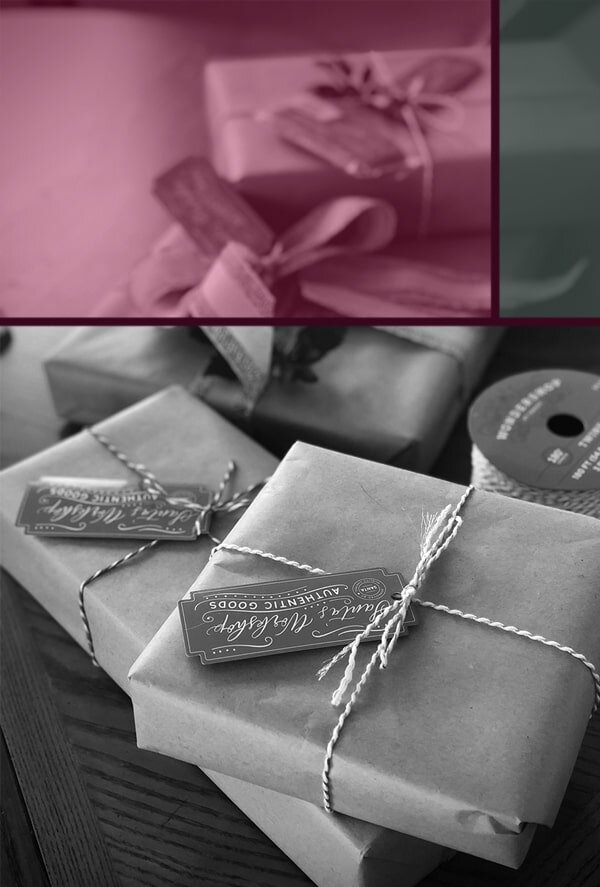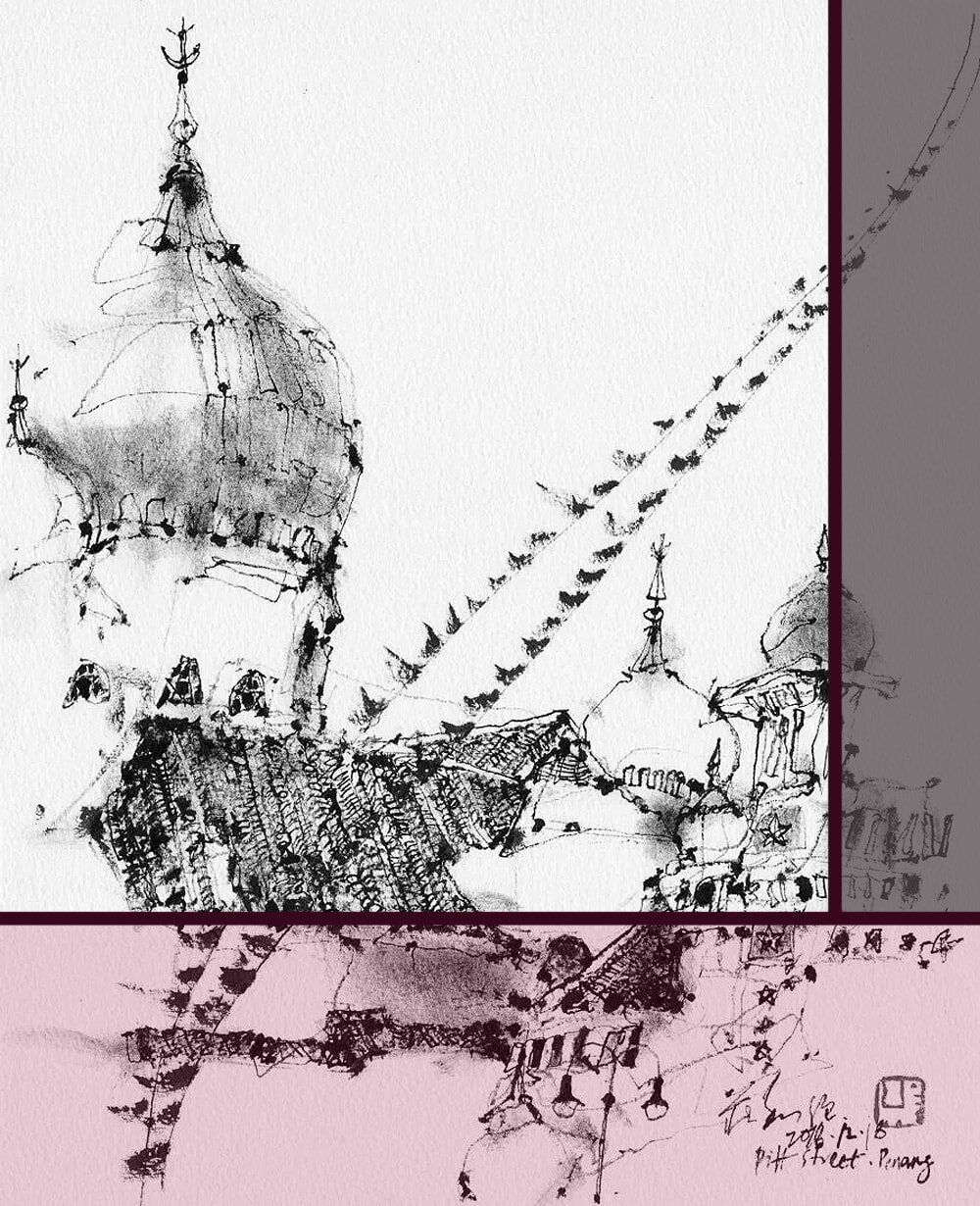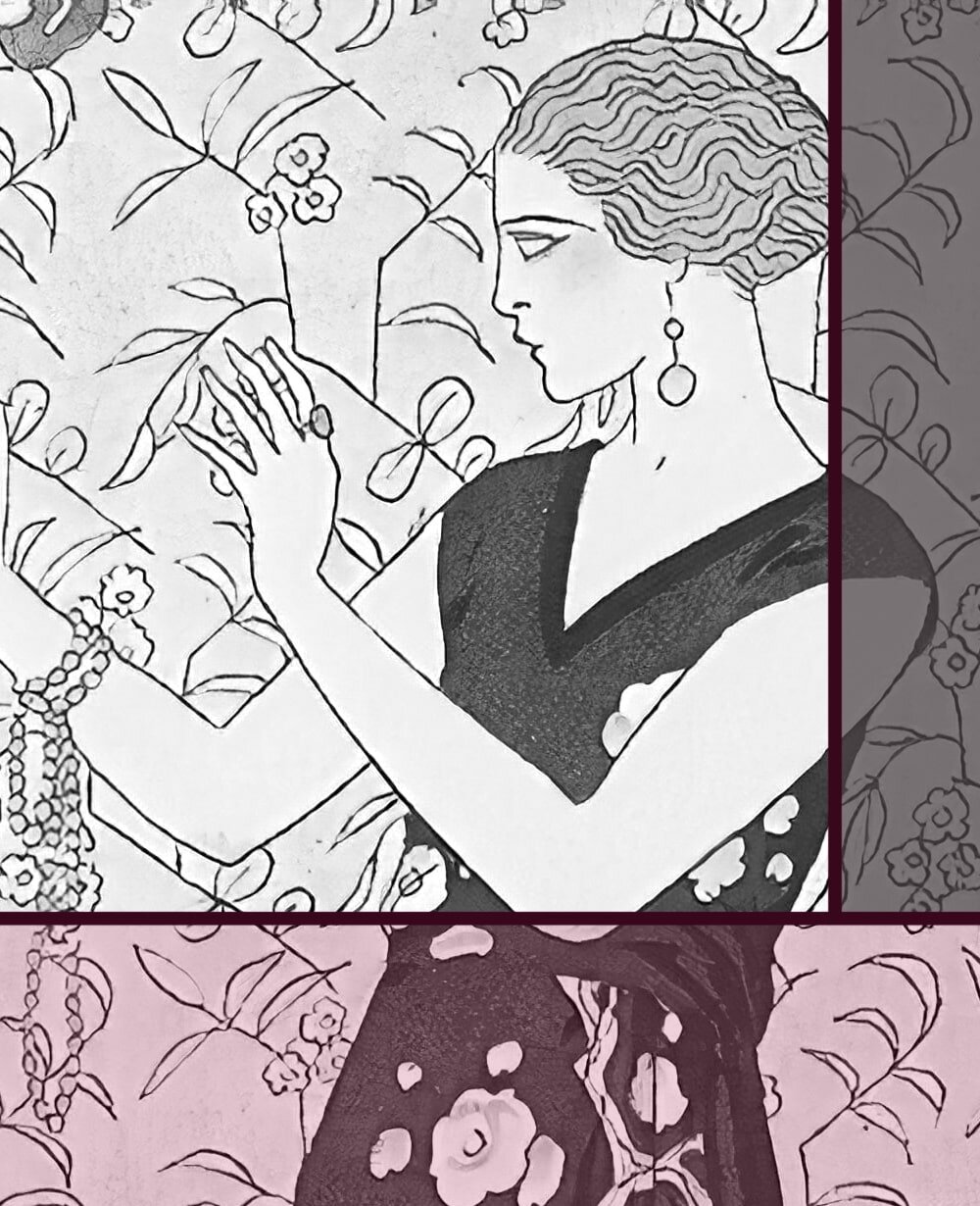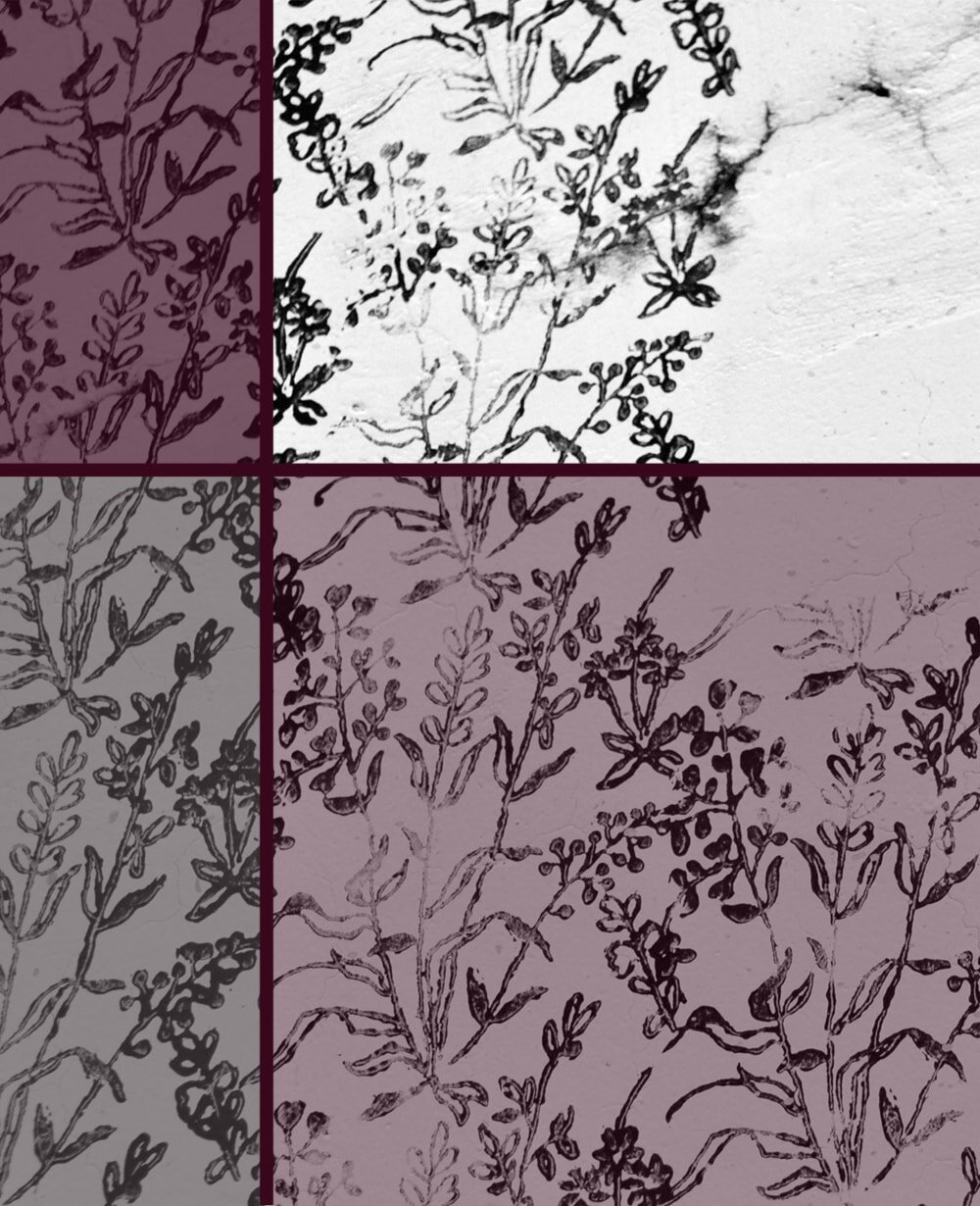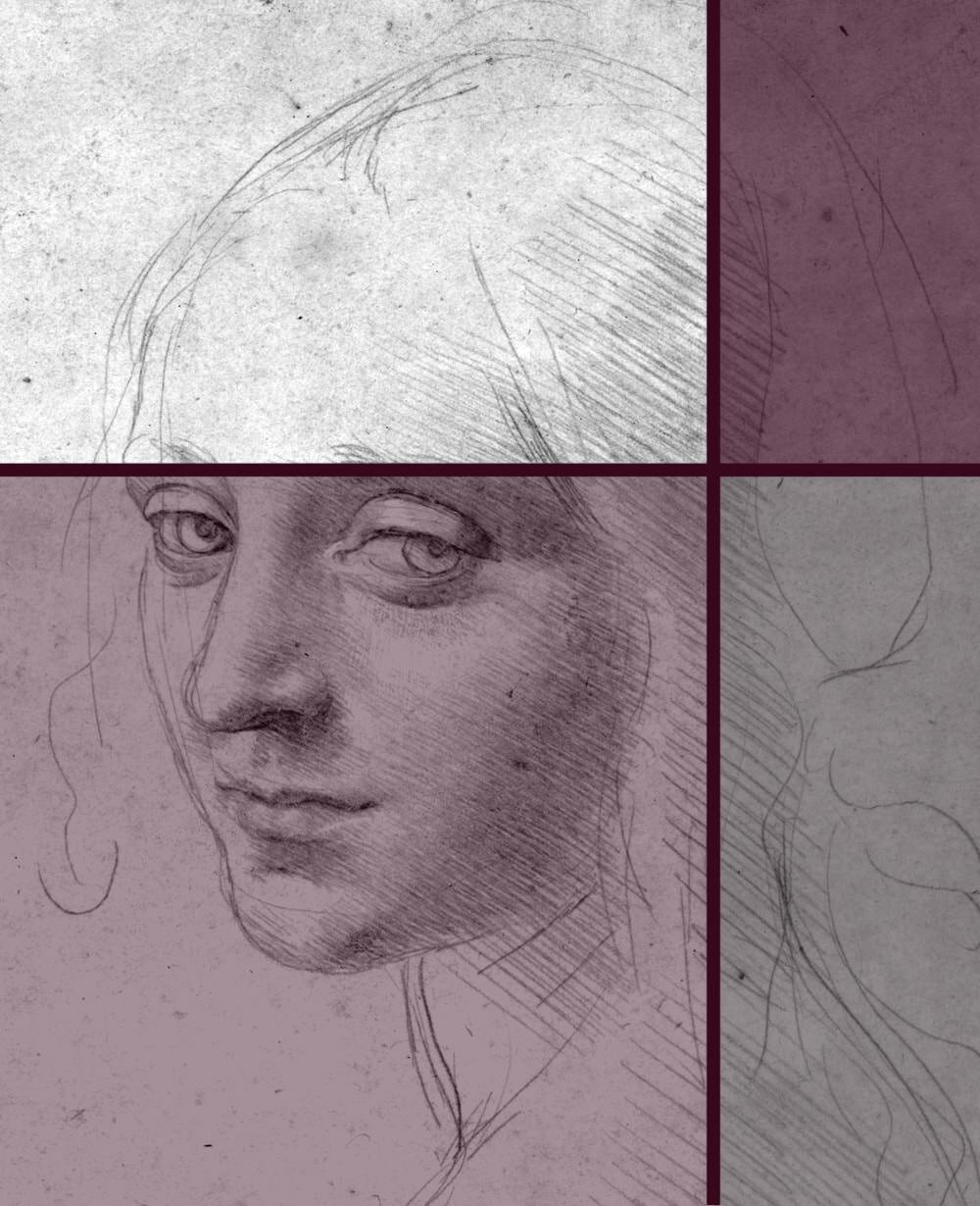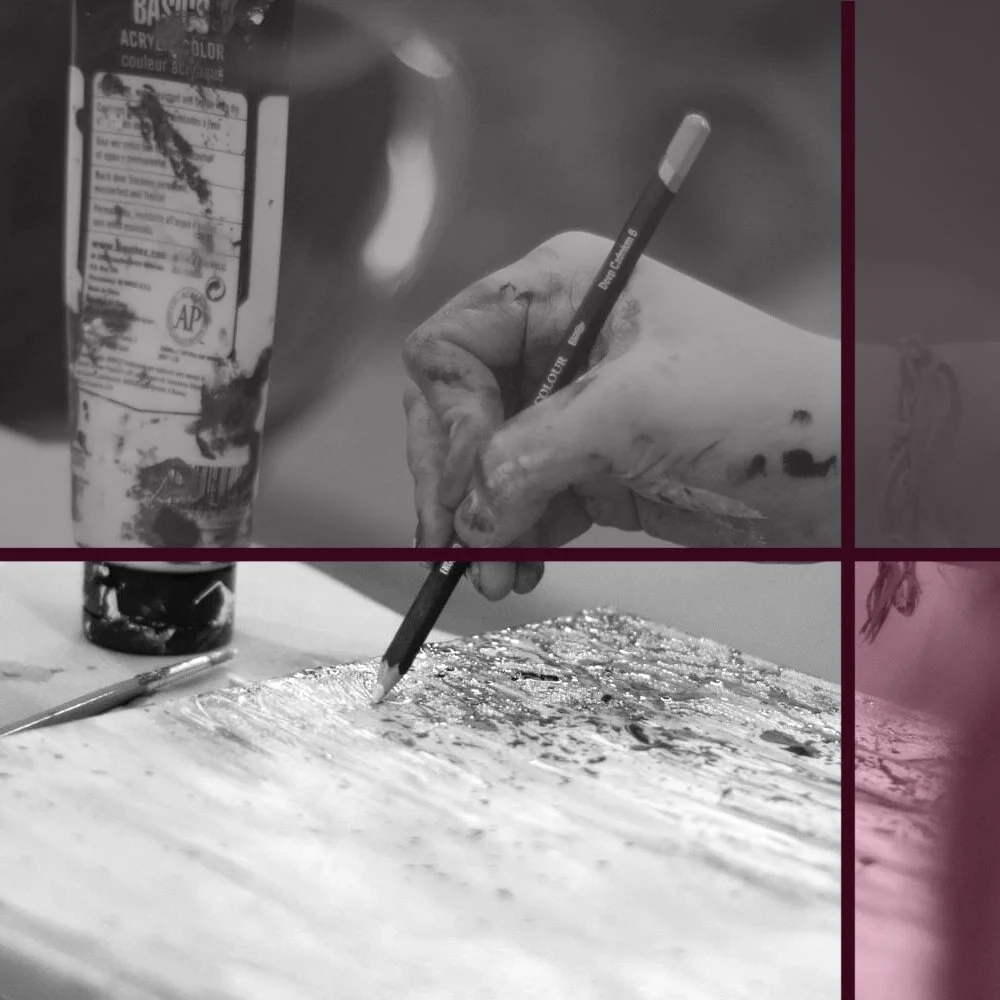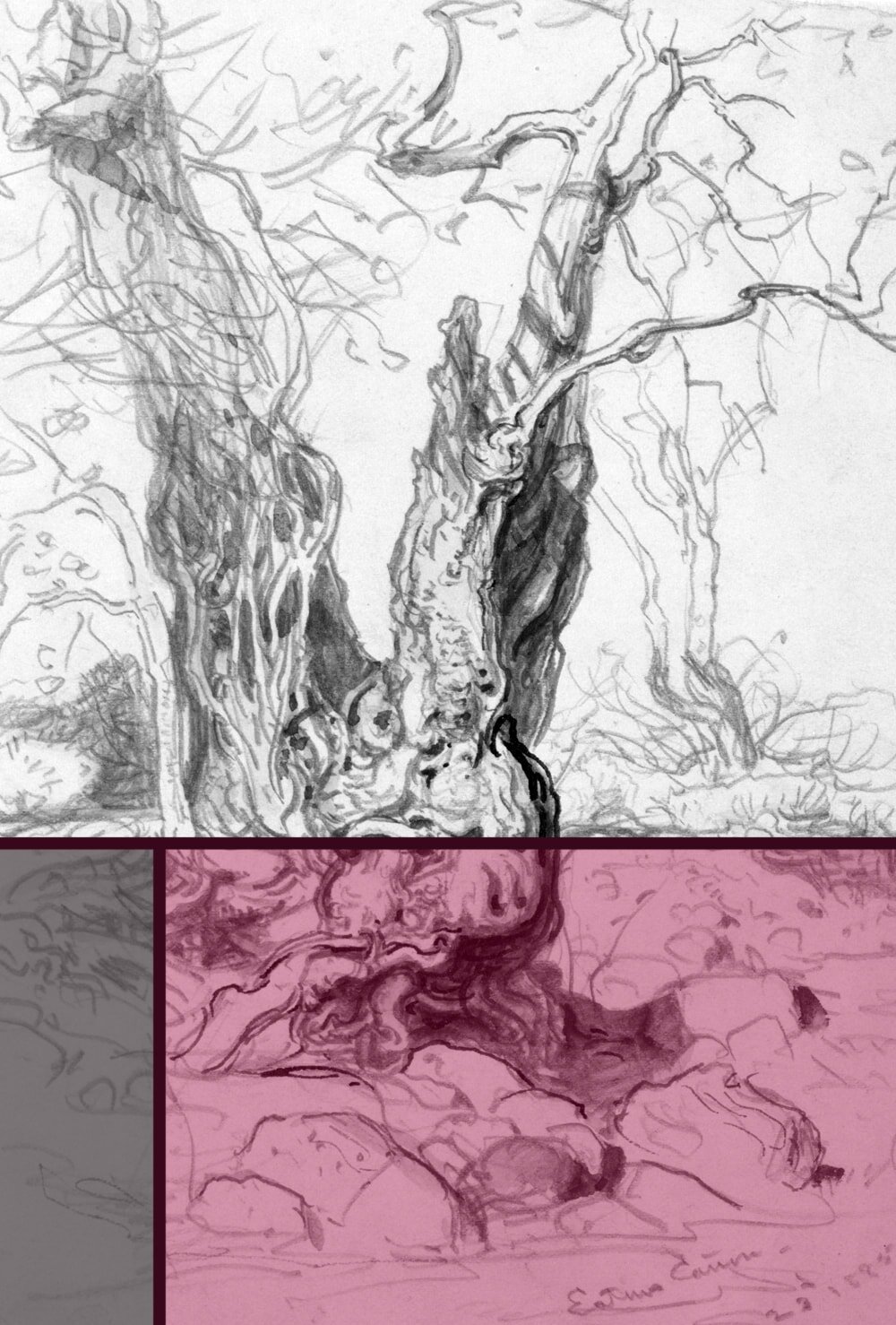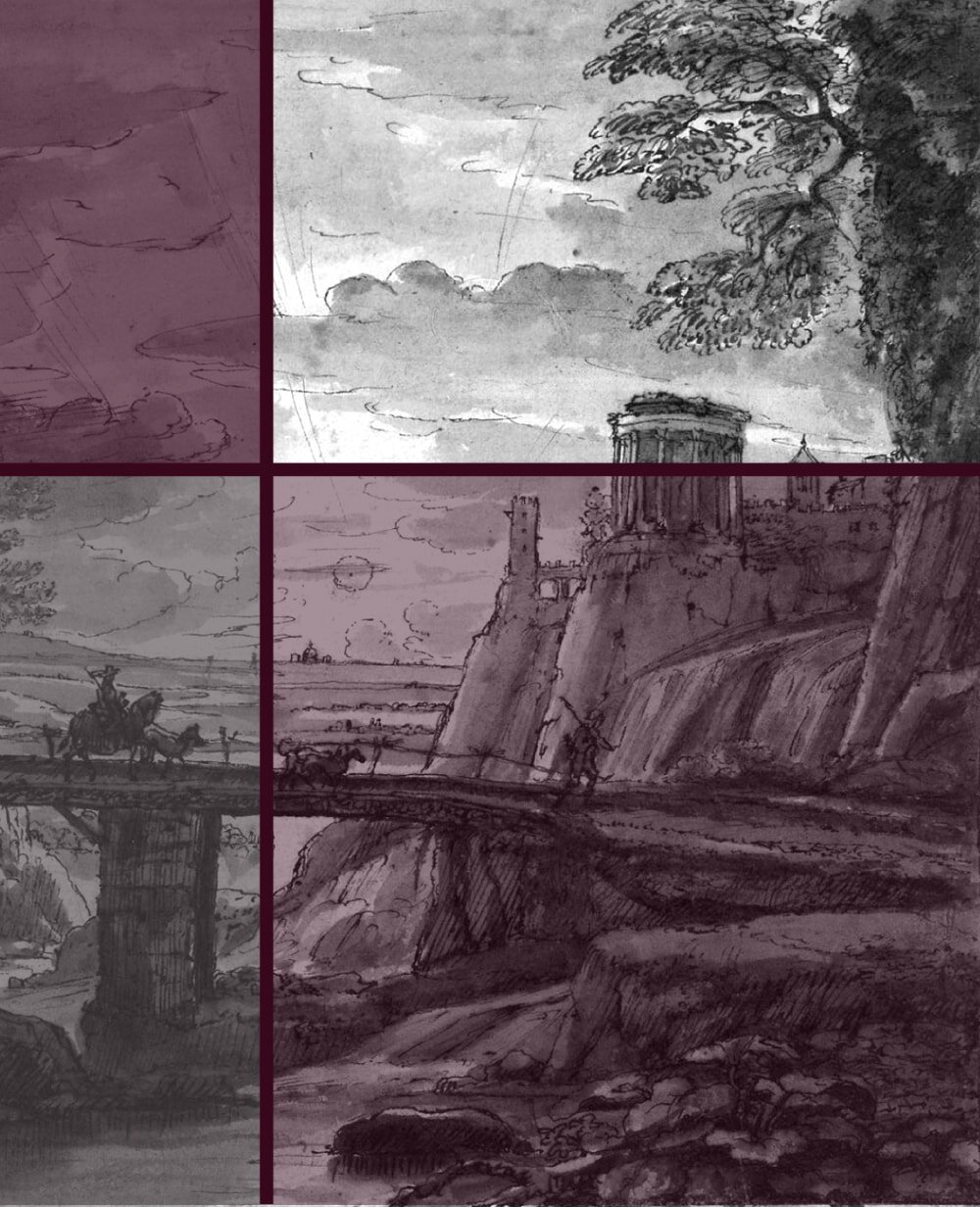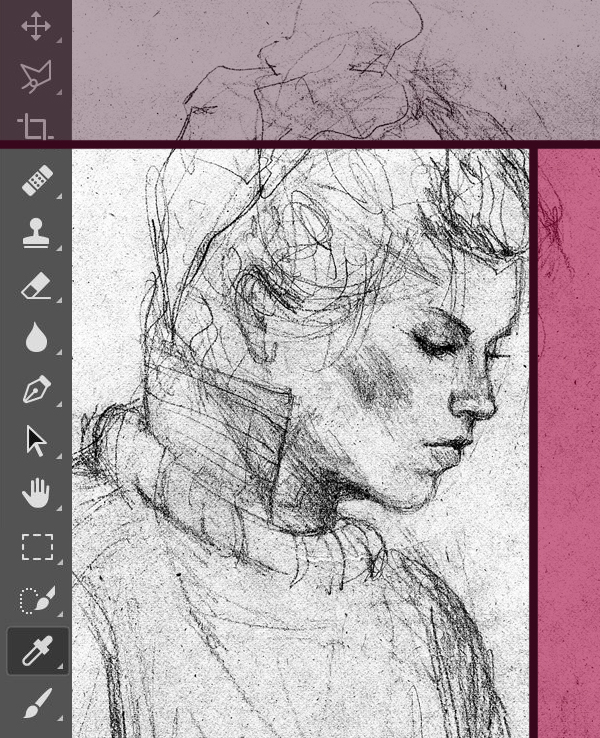5 important Things to do before you Start Drawing
Starting a new hobby is great, especially when it’s one as rewarding as the arts. When I got back into drawing, I did a little preparation beforehand to make sure I had everything in place and set up for success. Here are my top five:
1 Make sure it really is what you want
Quitting something you have lost interest in is not a shame. How would you know what you really like if you never try stuff out. Things change, and so do people and interests.
If anything, starting various different activities is a sign of an open mind and an adventurous spirit and nothing that should be frowned upon.
But drawing is a hobby that needs some perseverance. It's much like learning the violin or starting to run. There's an awkward beginner stage where it can seem more like a chore than a fun pastime. Once you start to improve, visibly, will you find real enjoyment in it.
That is something that many people don't realise, so they quit in the early stages because they simply don't enjoy it enough to want to dedicate their time to it.
The truth is, often you won't know if you enjoy it until much later in the process. Just like you won't know if you like playing the violin from the untrained squeaky sounds you produce in the first couple of weeks.
But you can have an honest heart-to-heart with yourself before you start, to check if you have the motivation and drive to make it through a couple of weeks of bad scribbles. You don’t necessarily have to draw everyday, but you should draw regularly and keep at it for a while to see success.
Do you want to learn drawing enough to make some small sacrifices? Other hobbies might have to be neglected for a time and you'll almost certainly need to invest some money, such as for courses, books and drawing material.
Drawing needs less time and effort once you're practiced. You'll be faster and make fewer mistakes. And the better you get the more will you enjoy spending time on it, so you won't even mind neglecting some other activities.
2 Work out your schedule beforehand
Procrastination is the enemy of artistic progress. And you're much more likely to let it lapse if you don't know how to navigate the deep dark forest of drawing-related skills that you could be working on.
Without a plan you’ll just start sketching randomly, perhaps doing a little perspective one day and some shading the next.
And that'd result in a 'jack of all trades and master of none'-type situation where you don’t really know enough about any of these skills to draw as well as you probably want to.
A better way is to make a list of topics that you want to look at, put them in a logical order and work through them step by step.
Learning how to draw a cityscape in three-point perspective can probably wait until you know how to cross hatch. And proportions best come before photorealism.
Of course there's likely dozens of smaller skills you don't even think of initially. It's difficult to make a detailed plan on how to learn something if you haven't already learned it and know what the exact requirements are.
Of course, you can just follow the schedule I have devised for my Sketching Project, where I've done all the work for you already.
It helps if you can set aside some time during the week where you'll definitely practice your drawing. If you work a lot and have many other responsibilities I find it helps if you create an actual appointment in your calendar. But think long-term and stay realistic.
3 Get hyped
Get in the mood. I don't mean looking kinda forward to it. I mean get yourself excited like a child for Christmas.
Buy the materials and learn how to sharpen your pencils the fancy way with a knife and sandpaper. Spend your free time with art-related topics, be it films, YouTube videos, galleries or Waterstones' art book section during your lunch break.
In the end you should have no mind for anything other than drawing-topics and already be sketching in your head, without ever touching your sketchbook before the designated time.
It's pretty much the same idea that gave rise to the invention of film and book teasers. Even a two-page glimpse before a release can have an enormous effect on how badly you want to read that new Stephen King bestseller.
Naturally, that sort of teasing is not sustainable long term. Who has the time to do a gallery run every week? But it helps you build enough momentum to keep you going for a while before things start to ‘lose their spark’.
Getting in the mood beforehand prolongs the ‘honeymoon-phase’, so to speak, and gives you more time until you have to find your motivation again when things get hard. But not to worry, even then I've got you covered, as you'll read in the next point.
4 Get some personalised incentive
There will always be a time where you're stressed, overworked, tired or sick, and sitting down to draw sounds like just another chore.
Sooner or later something is going to rob you of the mood for the arts. First for a day, then for two, a week, the rest of the month. And before you know it the project and all your improvement will be lost.
That's why it's crucial to prepare for such a situation beforehand. Because when you're already in the hole it's much harder to find a way to dig yourself out.
For this you need to know what your buttons are and how best to push them. Some people work well under pressure, so telling all your friends about your goals can be a good incentive. Others prefer competition, so they could join a class.
Or you can try the ‘eyes on the price’ option, which is more carrot than stick. But your own kind of carrot. Generic motivational quotes or "hang in there"-cat posters aren't going to cut it when you're feeling frustrated or tired.
Many, me included, are most likely to persevere if they are confronted with something they want and that they can actually achieve if they just push through now. The easiest option for this is to print out a drawing from one of your favourite artists and have it in your drawer, ready to take out when things get tough.
But there's a trick to this. When you're having a low, your brain will become much more critical, and making false promises won't work. If you choose the best work of art you've ever seen it'll seem ridiculously unrealistic to aspire to and might make you quit even easier.
Instead, pick a drawing that's good, but not the absolute top of the artist’s achievements. See if perhaps they have some rough sketches, or early work. Something that's powerful enough to make you want to continue but not so annoyingly perfect you see no way to ever get there.
Two Luis Royo artworks, one of which hangs above my desk to remind me what I want to (and can reasonably) achieve.
It might sound trivial now, but I guarantee you, the first time you get home knackered after your train's been delayed or you got drenched because umbrellas just don't work in windy Scotland, you'll be glad of it.
Nothing like a good old game of "darn, I want this!" to get you through a quick 15-minute drawing practice before bed.
Do pop by my article 8 Ways to stay Motivated during Long-Term Projects for more ways to stay on the ball.
5 Define ‘success’
This sounds simple, but can be quite difficult for some activities. If you start to jog, sure, your goal might be to run a half marathon without collapsing. If you learn an instrument you'd want to be able to play a manageable song without mistakes.
But how do you apply that to drawing? What makes a good drawing? Considering how many different styles there are, some of them abstract or minimalist, there really isn't just one measurement for success.
There's 'professionally successful', aka being able to sell your art, in which case your measurement might be the number of sales.
There's the ability to draw photorealistic and produce work that either does or doesn't look exactly like real life. Fair enough. But for anything else you might need to be a bit creative with your goals.
Especially in the beginning it's hard to say if the quality of your work is improving, because it takes time to learn all the basics. If you spend a month learning how perspective works, that won't have much effect on the quality of your lines, but at some point later it’ll kick in and give your skill quite the boost.
And you'll inevitably have good days and bad days. You may have have produced a better drawing two weeks ago than you did today, but that really doesn't mean much at all. Maybe your head wasn't in the game or you didn't warm up enough.
It can help to instead look for something that you can measure from the start and without being a professional art critic.
That might be theoretical understanding. After you've worked through the topic, can you can explain what a vanishing point is and find it in famous paintings? Well, that's success then.
Or you can look at time and fluency. If you're getting faster and more secure in your lines, that's obviously success, even if you don’t (yet) see much difference in the actual sketches.
I often measure my own artistic achievements in how much I am looking forward to my drawing sessions. We humans are wired to avoid unpleasant things, naturally, so if I enjoy drawing more now than I did a month ago, logically I have improved at it.
Basically, the trick is to measure improvement by how much better you become at the act of drawing, not necessarily by looking at the outcome.
It's ridiculous how much we dread ‘messing up’ before we even put one line on paper. With more practice and understanding you’ll feel more secure in your own abilities and it won’t bother you as much when you do make mistakes. Of course eventually you’ll also now know how to fix those.
If that’s not success, I don’t know what is.
Did you enjoy this article or feel like you have anything else to add? Feel free to leave me a comment below!
If you like this post, please share it, so others may like it too!
